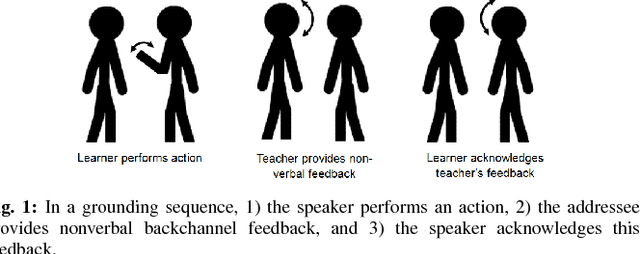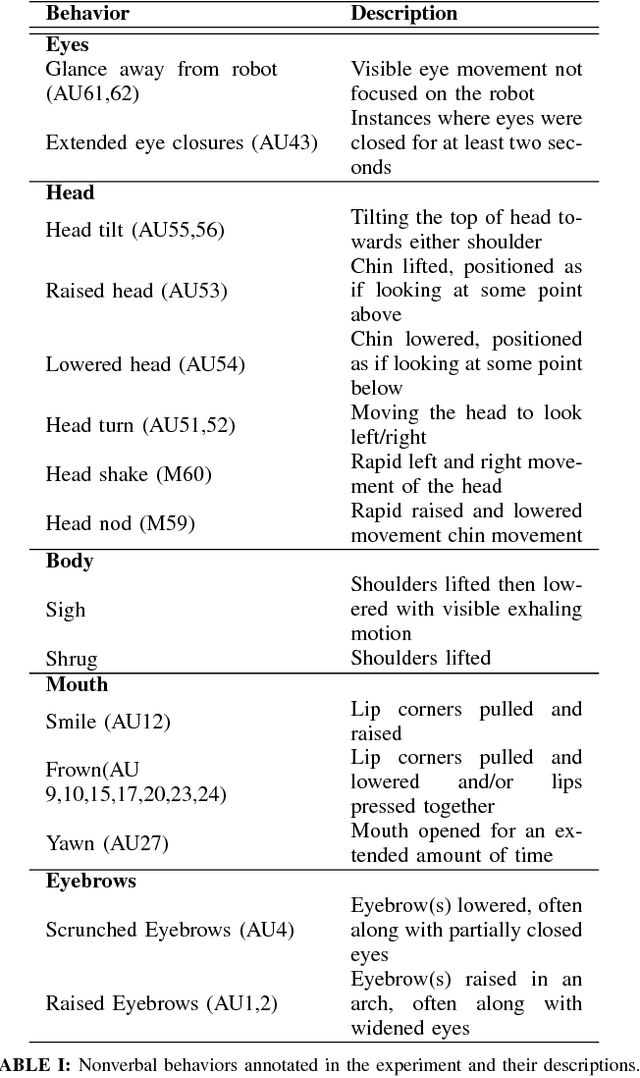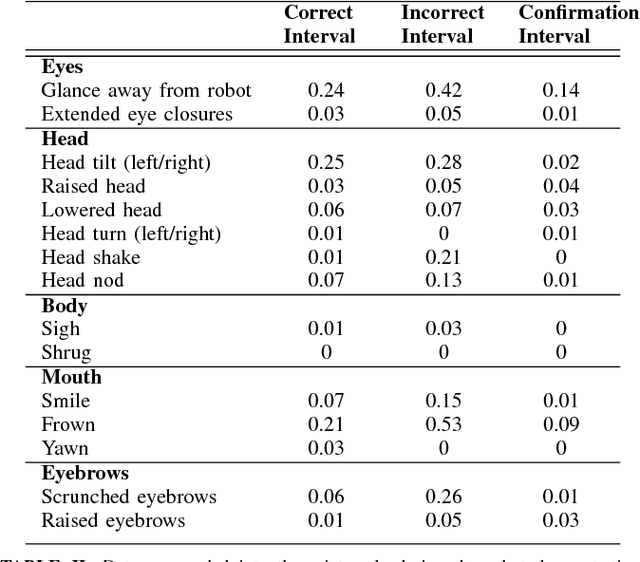Maryam Moosaei
Fashion Recommendation and Compatibility Prediction Using Relational Network
May 13, 2020



Abstract:Fashion is an inherently visual concept and computer vision and artificial intelligence (AI) are playing an increasingly important role in shaping the future of this domain. Many research has been done on recommending fashion products based on the learned user preferences. However, in addition to recommending single items, AI can also help users create stylish outfits from items they already have, or purchase additional items that go well with their current wardrobe. Compatibility is the key factor in creating stylish outfits from single items. Previous studies have mostly focused on modeling pair-wise compatibility. There are a few approaches that consider an entire outfit, but these approaches have limitations such as requiring rich semantic information, category labels, and fixed order of items. Thus, they fail to effectively determine compatibility when such information is not available. In this work, we adopt a Relation Network (RN) to develop new compatibility learning models, Fashion RN and FashionRN-VSE, that addresses the limitations of existing approaches. FashionRN learns the compatibility of an entire outfit, with an arbitrary number of items, in an arbitrary order. We evaluated our model using a large dataset of 49,740 outfits that we collected from Polyvore website. Quantitatively, our experimental results demonstrate state of the art performance compared with alternative methods in the literature in both compatibility prediction and fill-in-the-blank test. Qualitatively, we also show that the item embedding learned by FashionRN indicate the compatibility among fashion items.
Exploring Implicit Human Responses to Robot Mistakes in a Learning from Demonstration Task
Jun 08, 2016



Abstract:As robots enter human environments, they will be expected to accomplish a tremendous range of tasks. It is not feasible for robot designers to pre-program these behaviors or know them in advance, so one way to address this is through end-user programming, such as via learning from demonstration (LfD). While significant work has been done on the mechanics of enabling robot learning from human teachers, one unexplored aspect is enabling mutual feedback between both the human teacher and robot during the learning process, i.e., implicit learning. In this paper, we explore one aspect of this mutual understanding, grounding sequences, where both a human and robot provide non-verbal feedback to signify their mutual understanding during interaction. We conducted a study where people taught an autonomous humanoid robot a dance, and performed gesture analysis to measure people's responses to the robot during correct and incorrect demonstrations.
 Add to Chrome
Add to Chrome Add to Firefox
Add to Firefox Add to Edge
Add to Edge